Finance Ministry relaxed the rules for expenditure of more than Rs 500 crore, the pace of economy will increase
In the first quarter of the financial year 2024-25, GDP growth fell to 6.7 percent, which was the lowest in the last five quarters and 15 months. In the same quarter of the previous financial year, the Indian economy grew at a rate of 7.8 percent. The previous low of GDP growth was 6.2 percent in January-March 2023. One of the reasons for this was also considered to be capital expenditure, which was reduced due to the Lok Sabha elections.

The Finance Ministry has relaxed the rules for expenditures of more than Rs 500 crore. This initiative aims to accelerate capital expenditures. Capital spending was low for a few months due to the general elections. Finance Minister Nirmala Sitharaman has proposed an 11.1 percent increase in capital expenditure to a record Rs 11.11 lakh crore in the 2024-25 budget.
The ministry said in an office memorandum dated September 2, 2024, that in order to provide operational flexibility in the implementation of budget proposals, it has been decided to relax the rules for the release of amounts exceeding Rs 500 crore for expenditure in the current financial year. It said that the relaxation given is subject to strict compliance with the rules by all ministries and departments.
According to the ministry, all plan expenditures and non-plan expenditures should be in accordance with the guidelines of Single Nodal Agency (SNA) / Central Nodal Agency (CNA) and Monthly Expenditure Plan (MEP) and Quarterly Expenditure Plan (QEP) limits prepared by the ministries.
GDP growth fell to 6.7 percent in the first quarter of FY 2024-25, the lowest level in 15 months in the previous five quarters. The Indian economy expanded at 7.8 percent in the same quarter of the previous fiscal year. The previous record low for GDP growth was 6.2 percent in January-March 2023. One reason for this was capital expenditure, which had decreased as a result of the Lok Sabha elections.
The government is now focussing on increasing capital expenditure in order to increase both employment opportunities and the pace of the economy. The government is spending more money on infrastructure. This is anticipated to boost demand and consumption in rural areas.
For Latest News update Subscribe to Sangri Today's Broadcast channels on Google News | Telegram | WhatsApp





































.jpeg)

























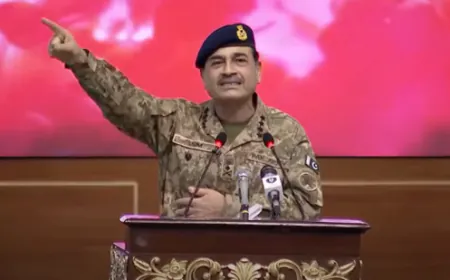

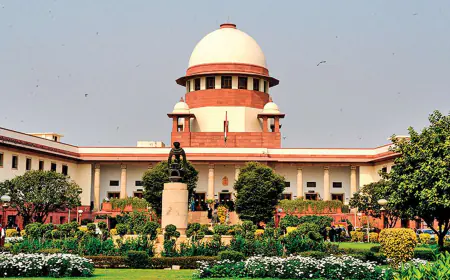












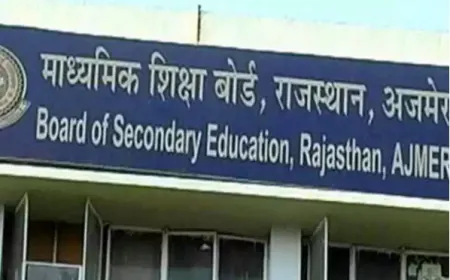
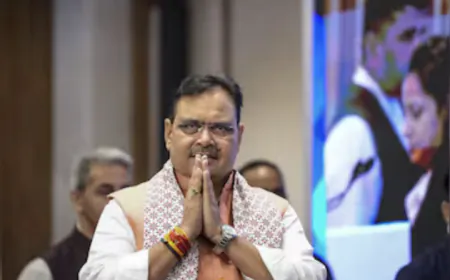



















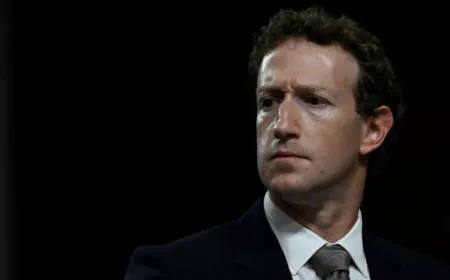













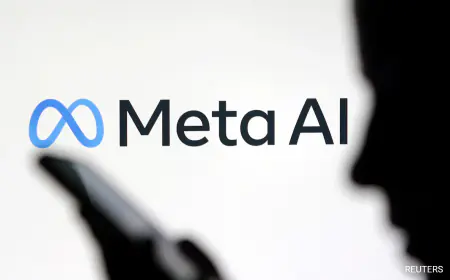



.jpeg)














